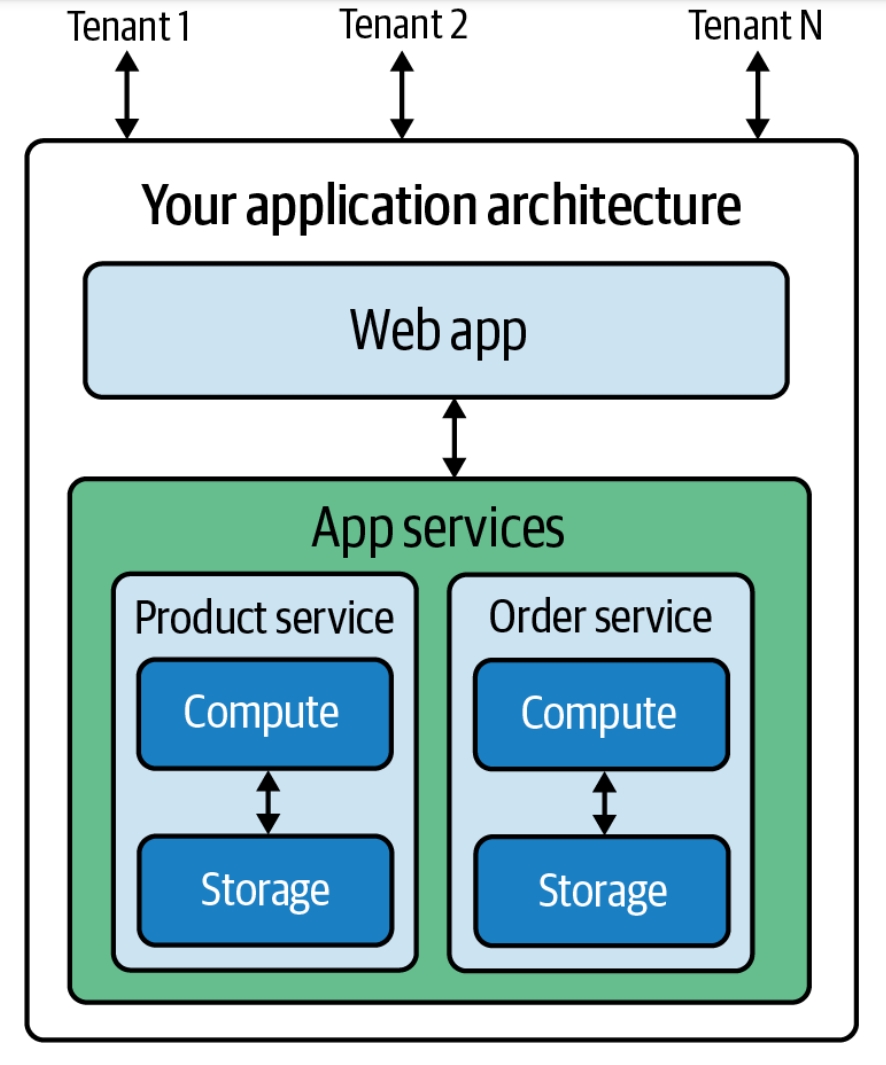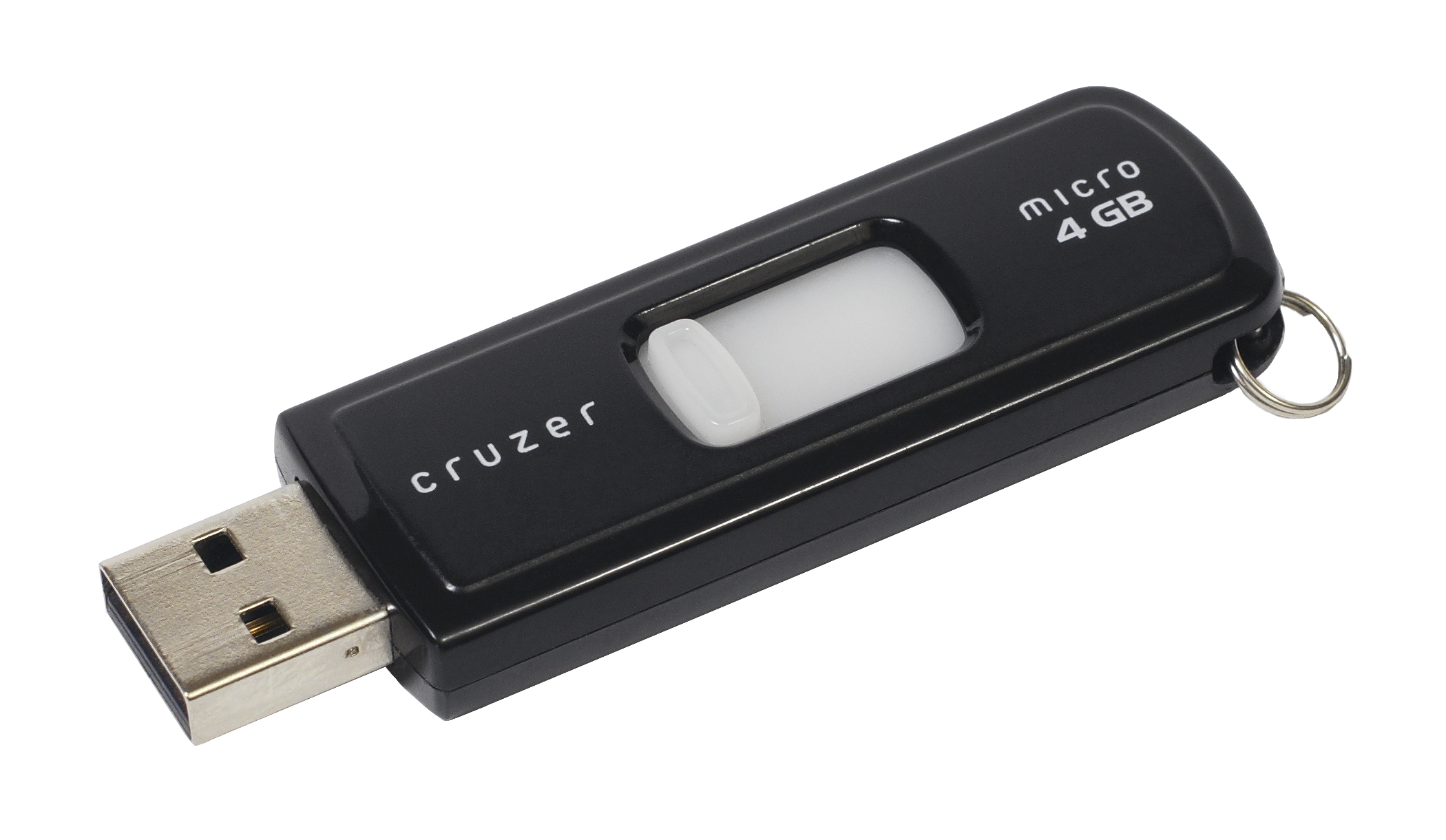|
Software Deployment
Software deployment is all of the activities that make a software system available for use. Deployment can involve activities on the producer (software developer) side or on the consumer ( user) side or both. Deployment to consumers is a hard task because the target systems are diverse and unpredictable. Software as a service avoids these difficulties by deploying only to dedicated servers that are typically under the producer's control. Because every software system is unique, the precise processes or procedures within each activity can hardly be defined. Therefore, "deployment" should be interpreted as a ''general process'' that has to be customized according to specific requirements or characteristics. History When computers were extremely large, expensive, and bulky (mainframes and minicomputers), the software was often bundled together with the hardware by manufacturers. If business software needed to be installed on an existing computer, this might require an expens ... [...More Info...] [...Related Items...] OR: [Wikipedia] [Google] [Baidu] |
Software System
A software system is a system of intercommunicating software component, components based on software forming part of a computer system (a combination of Computer hardware, hardware and software). It "consists of a number of separate Computer program, programs, configuration files, which are used to set up these programs, system documentation, which describes the structure of the system, and user documentation, which explains how to use the system". A software system differs from a computer program or software. While a computer program is generally a set of instructions (source code, source, or object code) that perform a specific task, a software system is more or an encompassing concept with many more components such as specification, Software test automation, test results, end-user documentation, maintenance records, etc.' The use of the term software system is at times related to the application of systems theory approaches in the context of software engineering. A software sys ... [...More Info...] [...Related Items...] OR: [Wikipedia] [Google] [Baidu] |
ROM Cartridge
A ROM cartridge, usually referred to in context simply as a cartridge, cart, cassette, or card, is a replaceable part designed to be connected to a consumer electronics device such as a home computer, video game console or, to a lesser extent, electronic musical instruments. Read-Only Memory, ROM cartridges allow users to rapidly load and access programs and data alongside a floppy drive in a home computer; in a video game console, the cartridges are standalone. At the time around their release, ROM cartridges provided security against Software copyunauthorised copying of software. However, the manufacturing of ROM cartridges was more expensive than floppy disks, and the storage capacity was smaller. ROM cartridges and slots were also used for various hardware accessories and enhancements. The widespread usage of the ROM cartridge in video gaming applications has led it to be often colloquially called a game cartridge. History ROM cartridges were popularized by early home ... [...More Info...] [...Related Items...] OR: [Wikipedia] [Google] [Baidu] |
Software Release
The software release life cycle is the process of developing, testing, and distributing a software product (e.g., an operating system). It typically consists of several stages, such as pre-alpha, alpha, beta, and release candidate, before the final version, or "gold", is released to the public. Pre-alpha refers to the early stages of development, when the software is still being designed and built. Alpha testing is the first phase of formal testing, during which the software is tested internally using white-box techniques. Beta testing is the next phase, in which the software is tested by a larger group of users, typically outside of the organization that developed it. The beta phase is focused on reducing impacts on users and may include usability testing. After beta testing, the software may go through one or more release candidate phases, in which it is refined and tested further, before the final version is released. Some software, particularly in the internet and technolo ... [...More Info...] [...Related Items...] OR: [Wikipedia] [Google] [Baidu] |
Canary Release
A feature toggle in software development provides an alternative to maintaining multiple feature branches in source code. A condition within the code enables or disables a feature during runtime. In agile settings the toggle is used in production, to switch on the feature on demand, for some or all the users. Thus, feature toggles do make it easier to release often. Advanced roll out strategies such as canary roll out and A/B testing are easier to handle. Continuous delivery is supported by feature toggles, even if new releases are not deployed to production continuously. The feature is integrated into the main branch even before it is completed. The version is deployed into a test environment once, the toggle allows to turn the feature on, and test it. Software integration cycles get shorter, and a version ready to go to production can be provided. The third use of the technique is to allow developers to release a version of a product that has unfinished features. These u ... [...More Info...] [...Related Items...] OR: [Wikipedia] [Google] [Baidu] |
Blue–green Deployment
In software engineering, blue–green deployment is a method of installing changes to a web, app, or database server by swapping alternating production and staging servers. Overview In blue–green deployments, two servers are maintained: a "blue" server and a "green" server. At any given time, only one server is handling requests (e.g., being pointed to by the DNS). For example, public requests may be routed to the blue server, making it the production server and the green server the staging server, which can only be accessed on a private network. Changes are installed on the non-live server, which is then tested through the private network to verify the changes work as expected. Once verified, the non-live server is swapped with the live server, effectively making the deployed changes live. Using this method of software deployment offers the ability to quickly roll back to a previous state if anything goes wrong. This rollback is achieved by simply routing traffic back to the ... [...More Info...] [...Related Items...] OR: [Wikipedia] [Google] [Baidu] |
Web Application
A web application (or web app) is application software that is created with web technologies and runs via a web browser. Web applications emerged during the late 1990s and allowed for the server to dynamically build a response to the request, in contrast to static web pages. Web applications are commonly distributed via a web server. There are several different tier systems that web applications use to communicate between the web browsers, the client interface, and server data. Each system has its own uses as they function in different ways. However, there are many security risks that developers must be aware of during development; proper measures to protect user data are vital. Web applications are often constructed with the use of a web application framework. Single-page applications (SPAs) and progressive web apps (PWAs) are two architectural approaches to creating web applications that provide a user experience similar to native apps, including features such as smoo ... [...More Info...] [...Related Items...] OR: [Wikipedia] [Google] [Baidu] |
Continuous Delivery
Continuous delivery (CD) is a software engineering approach in which teams produce software in short cycles, ensuring that the software can be reliably released at any time. It aims at building, testing, and releasing software with greater speed and frequency. The approach helps reduce the cost, time, and risk of delivering changes by allowing for more incremental updates to applications in production. A straightforward and repeatable deployment process is important for continuous delivery. Principles According to Neal Ford, continuous delivery adopts "Bring the pain forward," tackling tough tasks early, fostering automation and swift issue detection. Continuous delivery treats the commonplace notion of a ''deployment pipeline'' as a lean Poka-Yoke: a set of validations through which a piece of software must pass on its way to release. Code is compiled if necessary and then packaged by a build server every time a change is committed to a source control repository, then teste ... [...More Info...] [...Related Items...] OR: [Wikipedia] [Google] [Baidu] |
Software As A Service
Software as a service (SaaS ) is a cloud computing service model where the provider offers use of application software to a client and manages all needed physical and software resources. SaaS is usually accessed via a web application. Unlike other software delivery models, it separates "the possession and ownership of software from its use". SaaS use began around 2000, and by 2023 was the main form of software application deployment. Unlike most self-hosted software products, only one version of the software exists and only one operating system and configuration is supported. SaaS products typically run on rented infrastructure as a service (IaaS) or platform as a service (PaaS) systems including hardware and sometimes operating systems and middleware, to accommodate rapid increases in usage while providing instant and continuous availability to customers. SaaS customers have the abstraction of limitless computing resources, while economy of scale drives down the cost. Sa ... [...More Info...] [...Related Items...] OR: [Wikipedia] [Google] [Baidu] |
Cloud Computing
Cloud computing is "a paradigm for enabling network access to a scalable and elastic pool of shareable physical or virtual resources with self-service provisioning and administration on-demand," according to International Organization for Standardization, ISO. Essential characteristics In 2011, the National Institute of Standards and Technology (NIST) identified five "essential characteristics" for cloud systems. Below are the exact definitions according to NIST: * On-demand self-service: "A consumer can unilaterally provision computing capabilities, such as server time and network storage, as needed automatically without requiring human interaction with each service provider." * Broad network access: "Capabilities are available over the network and accessed through standard mechanisms that promote use by heterogeneous thin or thick client platforms (e.g., mobile phones, tablets, laptops, and workstations)." * Pooling (resource management), Resource pooling: " The provider' ... [...More Info...] [...Related Items...] OR: [Wikipedia] [Google] [Baidu] |
Agile Software Development
Agile software development is an umbrella term for approaches to software development, developing software that reflect the values and principles agreed upon by ''The Agile Alliance'', a group of 17 software practitioners, in 2001. As documented in their ''Manifesto for Agile Software Development'' the practitioners value: * Individuals and interactions over processes and tools * Working software over comprehensive documentation * Customer collaboration over contract negotiation * Responding to change over following a plan The practitioners cite inspiration from new practices at the time including extreme programming, Scrum (software development), scrum, dynamic systems development method, adaptive software development and being sympathetic to the need for an alternative to documentation driven, heavyweight software development processes. Many software development practices emerged from the agile mindset. These agile-based practices, sometimes called ''Agile'' (with a capital ... [...More Info...] [...Related Items...] OR: [Wikipedia] [Google] [Baidu] |
USB Flash Drive
A flash drive (also thumb drive, memory stick, and pen drive/pendrive) is a data storage device that includes flash memory with an integrated USB interface. A typical USB drive is removable, rewritable, and smaller than an optical disc, and usually weighs less than . Since first offered for sale in late 2000, the storage capacities of USB drives range from 8 megabytes to 256 gigabytes (GB), 512 GB and 1 terabyte (TB). As of 2024, 4 TB flash drives were the largest currently in production. Some allow up to 100,000 write/erase cycles, depending on the exact type of memory chip used, and are thought to physically last between 10 and 100 years under normal circumstances (Digital permanence, shelf storage time). Common uses of USB flash drives are for storage, supplementary data backup, back-ups, and transferring of computer files. Compared with floppy disks or Compact disc, CDs, they are smaller, faster, have significantly more capacity, and are more durable due to ... [...More Info...] [...Related Items...] OR: [Wikipedia] [Google] [Baidu] |
Internet
The Internet (or internet) is the Global network, global system of interconnected computer networks that uses the Internet protocol suite (TCP/IP) to communicate between networks and devices. It is a internetworking, network of networks that consists of Private network, private, public, academic, business, and government networks of local to global scope, linked by a broad array of electronic, Wireless network, wireless, and optical networking technologies. The Internet carries a vast range of information resources and services, such as the interlinked hypertext documents and Web application, applications of the World Wide Web (WWW), email, electronic mail, internet telephony, streaming media and file sharing. The origins of the Internet date back to research that enabled the time-sharing of computer resources, the development of packet switching in the 1960s and the design of computer networks for data communication. The set of rules (communication protocols) to enable i ... [...More Info...] [...Related Items...] OR: [Wikipedia] [Google] [Baidu] |





